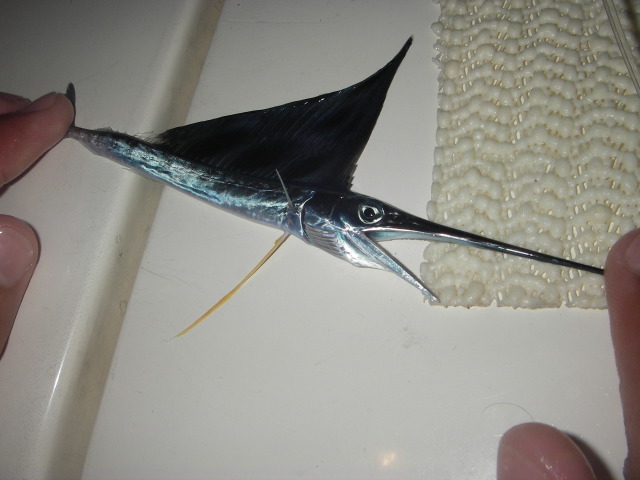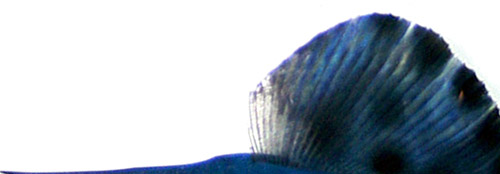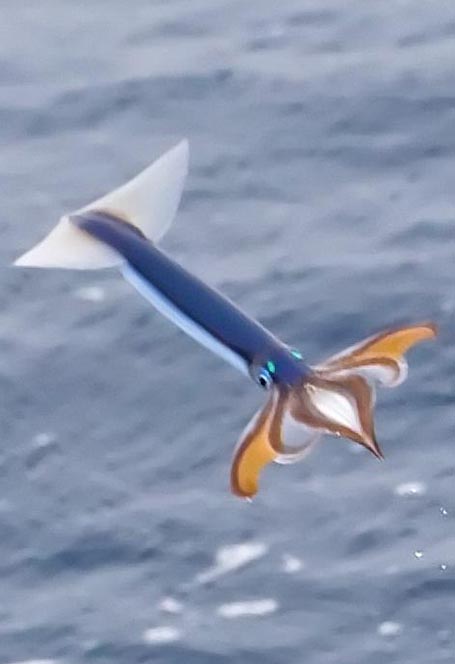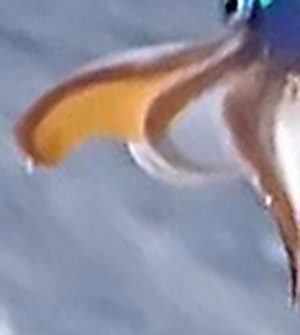After some time, Sarah F. was able to get both of the Round 25 Bit-o-Critters. Congrats, enjoy the warm inner glow of vanquishing your opponents.
25A was one of the more common salps,
Salpa cylindrica. As Sarah noted in her answer, salps are "pelagic tunicates that graze on phytoplankton. They can be found as asexual, solitary individuals or in long chains. Salps are also important in carbon cycling in the ocean." One of the other cool things about salps is how they move; they're basically little jet engines. The ridges you see along the body in the photo below are muscle bands that can be squeezed in sequence to push water through a central canal and jet them along through the water. Some salps are surprisingly powerful swimmer. Photo credit: Census of Marine Zooplankton
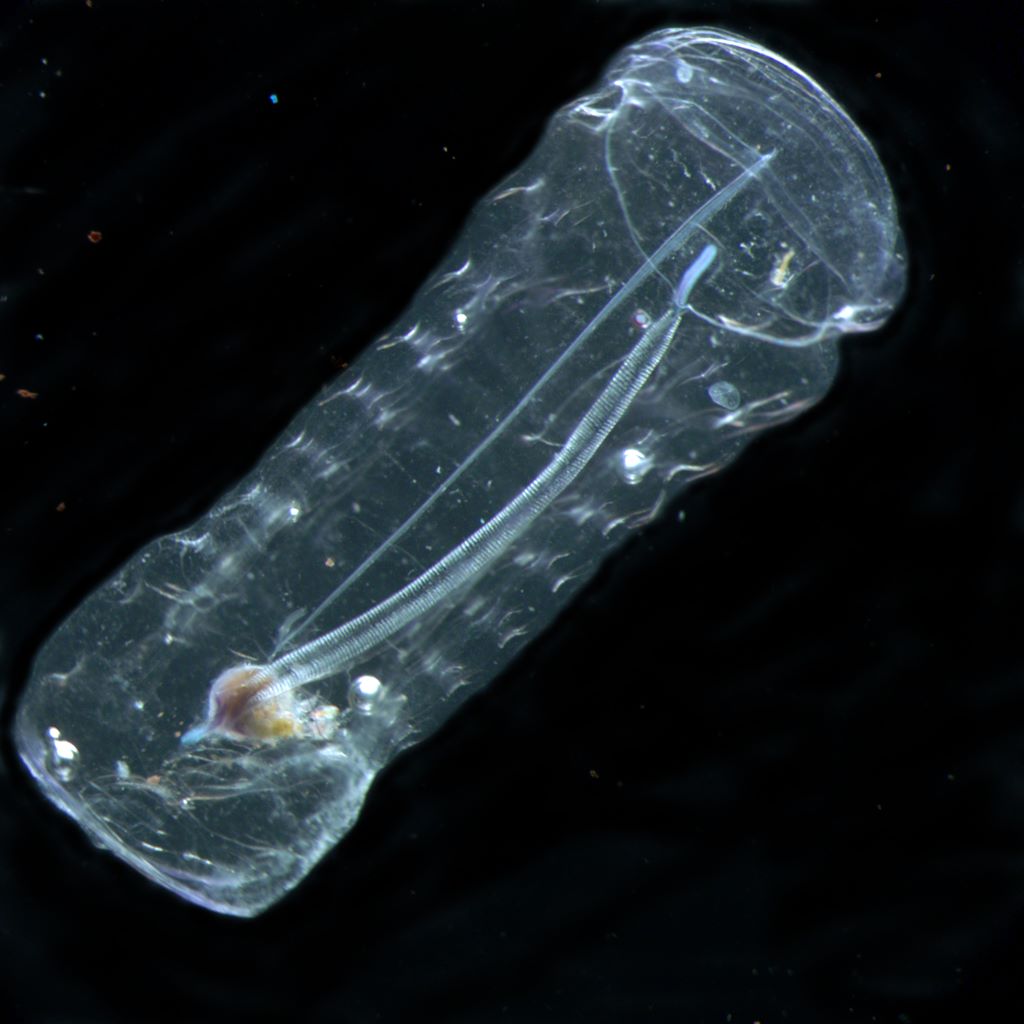
25B was a sea angel or Clione sp. Even though they are about as far from snails as you can imagine, they are actually molluscs. They're pteropods (= wing-foot), which is one of two groups of exclusively pelagic molluscs (the other being heteropods). A photo doesn't do them justice, so instead enjoy this weird and mildly amusing Japanese video of a Clione gently swimming, and then violently attacking its lunch, to the tune of....well, just watch it and see...
If you have any idea what they are saying, I'd love to know...
 Tuesday, October 12, 2010 at 4:28PM
Tuesday, October 12, 2010 at 4:28PM 


